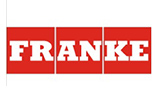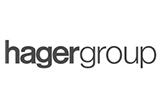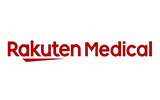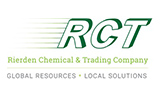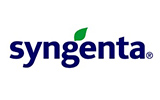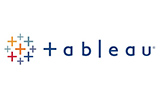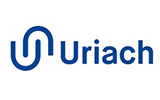
The Global Business Process Management (BPM) Market is valued at approximately USD 12.16 billion in 2023 and is anticipated to exhibit a remarkable compound annual growth rate (CAGR) of 8.8% over the forecast period 2024-2032. BPM plays a pivotal role in optimizing enterprise operations by facilitating streamlined workflows, efficient decision-making, and scalable growth solutions. Leveraging advanced technologies like AI and cloud-based platforms, BPM enables organizations to adapt to dynamic market demands and achieve operational excellence. This transformative market underscores the growing necessity for flexible yet robust tools to manage complex business processes effectively.
The BPM landscape is witnessing a surge in demand driven by factors such as rapid digital transformation, the adoption of cloud technologies, and the increasing need for regulatory compliance. Enterprises are increasingly inclined toward deploying BPM solutions to enhance productivity, reduce operational costs, and drive customer-centric strategies. Investments in automation, integration with emerging technologies like IoT, and advancements in low-code/no-code BPM platforms are shaping the market's trajectory, enabling businesses to achieve unparalleled agility and innovation. Furthermore, the growing preference for scalable deployment models, particularly among small and medium enterprises (SMEs), is amplifying market growth.
Despite its promising outlook, the BPM market faces challenges such as the high initial cost of implementation and the complexity of integrating BPM solutions into legacy systems. However, vendors are continually innovating to offer user-friendly and cost-effective solutions tailored to diverse industry requirements. Emerging markets present lucrative growth opportunities, fueled by increasing digital adoption and a rising awareness of BPM benefits. Collaborations and partnerships among key players are further expected to enhance the accessibility and functionality of BPM platforms globally.
The regional outlook for the BPM market highlights North America as the dominant player in 2023, supported by technological maturity, strong investment in automation, and a culture of early adoption of innovative business tools. Europe holds a significant share, driven by stringent regulatory environments and an emphasis on process optimization. Meanwhile, the Asia Pacific region is forecast to witness the fastest growth during the projection period, propelled by robust economic expansion, government initiatives promoting digital transformation, and a burgeoning startup ecosystem. Countries like China, India, and Japan are leading the regional momentum, fostering a favorable environment for BPM adoption.
Major market players included in this report are:
IBM Corporation
Appian Corporation
Oracle Corporation
Pegasystems Inc.
SAP SE
TIBCO Software Inc.
Software AG
Microsoft Corporation
OpenText Corporation
Nintex Global Ltd.
Bonitasoft
Kissflow Inc.
Creatio
BP Logix Inc.
Agiloft Inc.
The detailed segments and sub-segments of the market are explained below:
By Component
Platforms
Services
By Deployment Type
Cloud
On-Premises
By Organization Size
Small and Medium Enterprises (SMEs)
Large Enterprises
By Business Function
Sales and Marketing
Human Resource Management (HRM)
Procurement and Supply Chain Management (SCM)
Customer Service and Support
By Industry
Banking, Financial Services, and Insurance (BFSI)
Healthcare
Retail and E-Commerce
IT and Telecom
Manufacturing
Government and Public Sector
Energy and Utilities
Others
By Region:
North America
U.S.
Canada
Europe
UK
Germany
France
Spain
Italy
Rest of Europe
Asia Pacific
China
India
Japan
Australia
South Korea
Rest of Asia Pacific
Latin America
Brazil
Mexico
Rest of Latin America
Middle East & Africa
Saudi Arabia
South Africa
Rest of Middle East & Africa
Years considered for the study are as follows:
Historical Year: 2022
Base Year: 2023
Forecast Period: 2024-2032
Key Takeaways:
Market estimates and forecasts spanning 10 years (2025-2033).
Comprehensive revenue analysis at regional and global levels.
Country-specific insights for major geographical regions.
Competitive landscape with detailed profiles of prominent players.
Strategic recommendations and insights for market entrants and incumbents.
Demand and supply-side market analysis.







